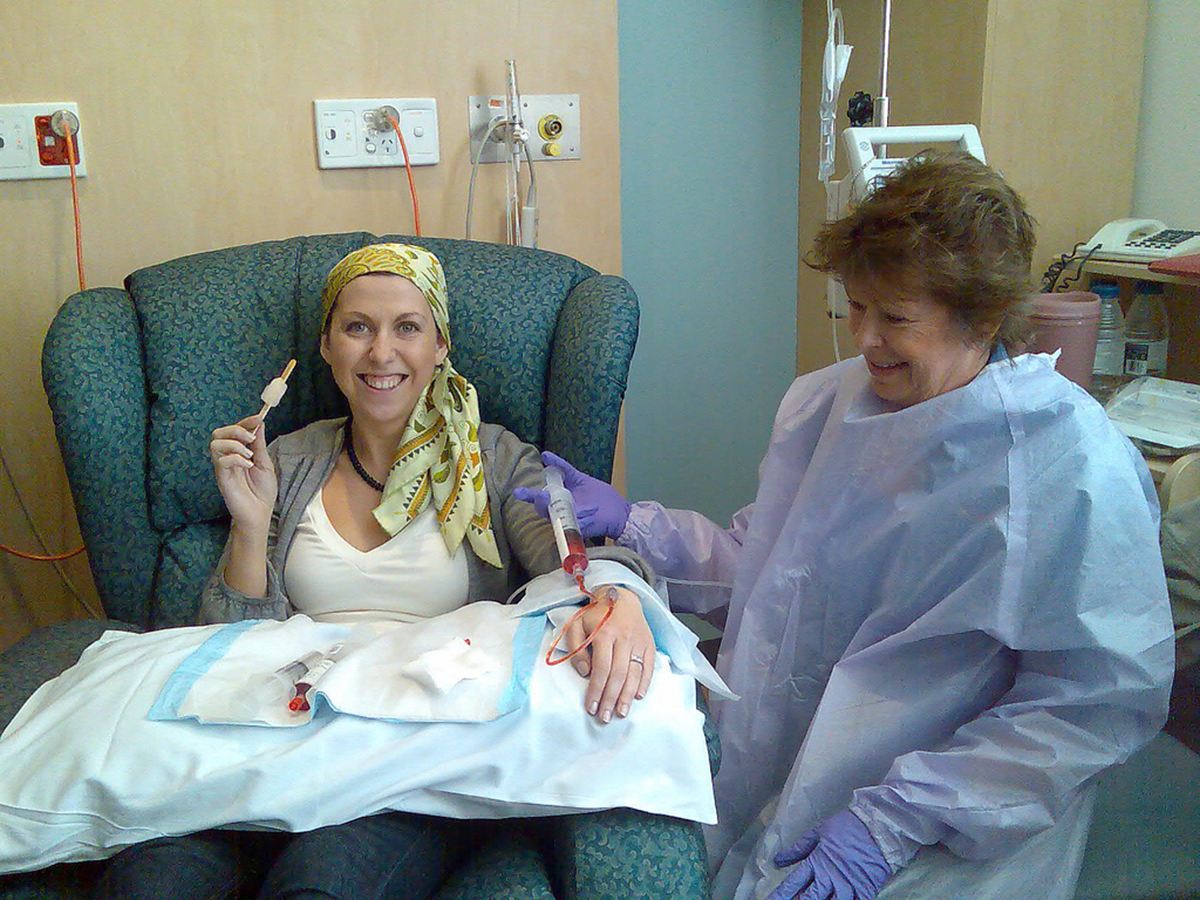Table of Contents
Nearly every year, medical researchers announce a new cause of cancer. Smoking tobacco causes lung cancer, so scientists look for a relationship between smoking marijuana and lung cancer. Obesity is associated with a long list of health problems, and epidemiologists find connections between weighing too much and being diagnosed with cancer. Alternative medicine gurus re-read medical studies from the 1920's and (mistakenly) conclude that cancer is a fungus that grows on sugar, so they suggest sugar causes cancer.

The Surprisingly Random Nature Of Cancer
This latest observation from years of research comes from the work of Dr Christian Tomasetti and Dr Bert Vogelstein, cancer researchers at Johns Hopkins University. Like many other researchers, Tomasetti and Vogelstein had long suspected that chance played an important role in the initial development of cancer, but they became the first to find out how much or a role bad luck plays in the disease.
Tomasetti and Vogelstein based their research on a nearly century-old observation that cancer is far more common in some organs than in others. Breast and prostate cancer, for example, are very common, but cancers of the heart or retina, on the other hand, are very rare. They took an especially close look at cancers of the intestine. Cancers of the small intestine are quite rare, striking only about 1 in 500 people at some time during life. Cancers of the large intestine, in contrast, are relatively common, occurring in about in 1 in 25 people are some point in their lifetimes. What could account for the difference?
The More Often Cells Are Created, The More Often Cancer Occurs
One important difference at the cellular level between the small intestine and the large intestine is the activity of stem cells. As you probably know, stem cells are the body's replacement cells, possessing the ability to transform themselves into different kinds of tissues.
Both the large intestine and the small intestine repair themselves with the help of stem cells, but the large intestine's stem cells divide much more often than the small intestine's stem cells, about 73 times a year compared to 24 times a year. Three times as many cell divisions results in three times as many opportunities for DNA to incorrectly copied, or for the ends of chromosomes to be mismatched so that some protein or enzyme isn't properly formed. These mutations may cause cancer, or the may disable the cell's machinery for stopping cancer.
See Also: Chemotherapy And Cancer: Questions And Answers
In many other tissues, rates of stem cell division go hand in hand with rates of cancer development. Dr. Tomasetti compares the process to taking a long trip in a car. The longer the journey, the greater the risk of an accident. To a certain extent, cancer is just a matter of chance, and the longer someone lives, the greater the risk of eventually developing the disease.
- Tomasetti C, Vogelstein B. Cancer etiology. Variation in cancer risk among tissues can be explained by the number of stem cell divisions. Science. 2015 Jan 2. 347(6217):78-81. doi: 10.1126/science.1260825.PMID: 25554788.
- Photo courtesy of Jennifrog via Flickr: www.flickr.com/photos/jennifrog/3065370354
- Photo courtesy of Phil and Pam via Flickr: www.flickr.com/photos/philandpam/223015379


Your thoughts on this